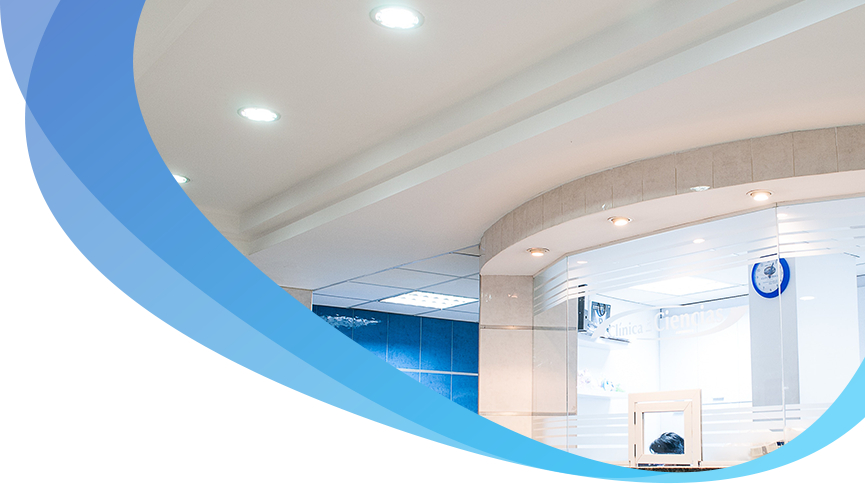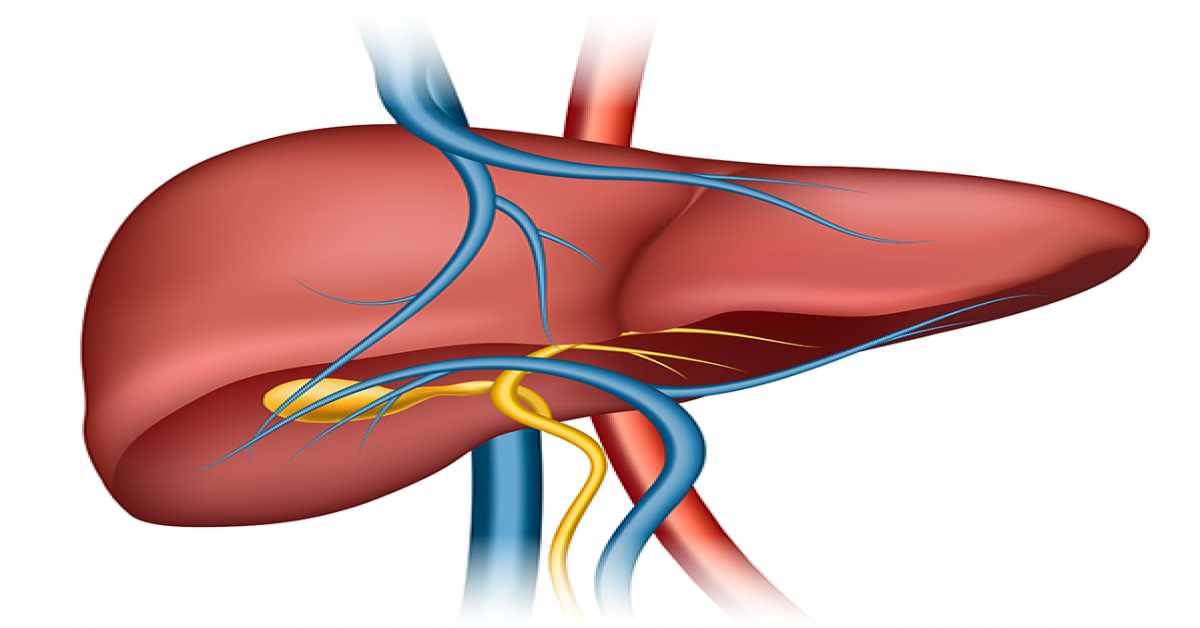News



What are the symptoms of bile duct obstruction? Bile duct obstruction is a blockage in the channels that transport bile from the liver to the small intestine through the gallbladder. Symptoms of bile duct obstruction can appear suddenly in the affected person or develop gradually over years of infection. These symptoms include: 1. Jaundice and bilirubin buildup in the blood, leading to changes in urine color to dark and stool color to light. 2. Difficulty digesting fatty substances, as your body needs bile to digest these substances. The affected person may experience difficulty digesting fats and oils, bloating, and nausea. 3. Malabsorption of certain nutrients and vitamins that your body needs, as your body requires bile to absorb some nutrients such as vitamin K and vitamin D. The affected person may notice deficiencies in these vitamins and may suffer from weak bones and easy bruising. 4. Abdominal pain, where the affected person may feel pain in the upper abdomen or gallbladder area. 5. Itching of the skin, which can occur on the body of the affected person due to elevated levels of bilirubin in the body. 6. Loss of appetite and unexplained weight loss, where the affected person may notice a loss of appetite and unexplained weight loss. If you have any of these symptoms, it is important to consult with a specialist in digestive and liver diseases to diagnose your condition and receive appropriate treatment.
The symptoms of bile duct obstruction generally include the following: severe itching of the skin, change in skin color to yellow, known as jaundice, due to elevated levels of bilirubin in the blood, abdominal pain, especially in the upper right side, night sweats and increased body temperature, feeling tired and loss of energy for any activity, weight loss resulting from loss of appetite, pale-colored stool, dark-colored urine, nausea and vomiting.
Treatment for bile duct obstruction:
In some cases, surgery may be necessary to treat bile duct obstruction. Surgical removal of the gallbladder may also be performed if the obstruction is caused by gallstones. If there is suspicion of a bacterial infection, a gastroenterologist or hepatologist may prescribe antibiotics. If the obstruction is due to stones or cancer, there may be a need for duct dilation, which is done through a procedure called endoscopic retrograde cholangiopancreatography (ERCP) performed by a gastroenterologist and hepatologist using an ERCP scope.